Weathering the Storm: Unpacking Resilience in a Deluge-Prone Nation
Explore how widespread rainfall warnings reveal a nation's challenges and emerging resilience strategies amidst unprecedented deluges and climate shifts.
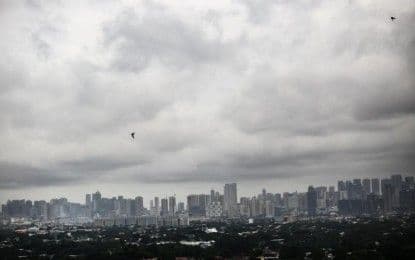
Beyond the Barometer: When Rainfall Warnings Redefine Daily Life
A rainfall warning is far more than just a meteorological bulletin; it's a profound signal that can instantly reshape the rhythm of daily life. Take, for instance, the recent impact of , compounded by the relentless southwest monsoon, which brought an entire nation to a standstill. Airports became ghost towns, with 66 domestic flights canceled at , affecting over 7,300 passengers and forcing others to turn back mid-flight. Ports nationwide, numbering at least 37, ceased operations, leaving hundreds stranded, particularly in . Beyond travel, the storm's presence meant widespread suspensions of classes, government services, and business operations, prompting local governments to declare states of calamity. This isn't just an inconvenience; it's a stark reminder of our vulnerability, with at least two lives lost and thousands of families displaced. Even critical infrastructure, like the , had its water release plans altered based on real-time rainfall data, underscoring how interconnected our lives are with the whims of the weather. These warnings aren't abstract; they are direct calls to action, influencing everything from our commute to our very sense of security.
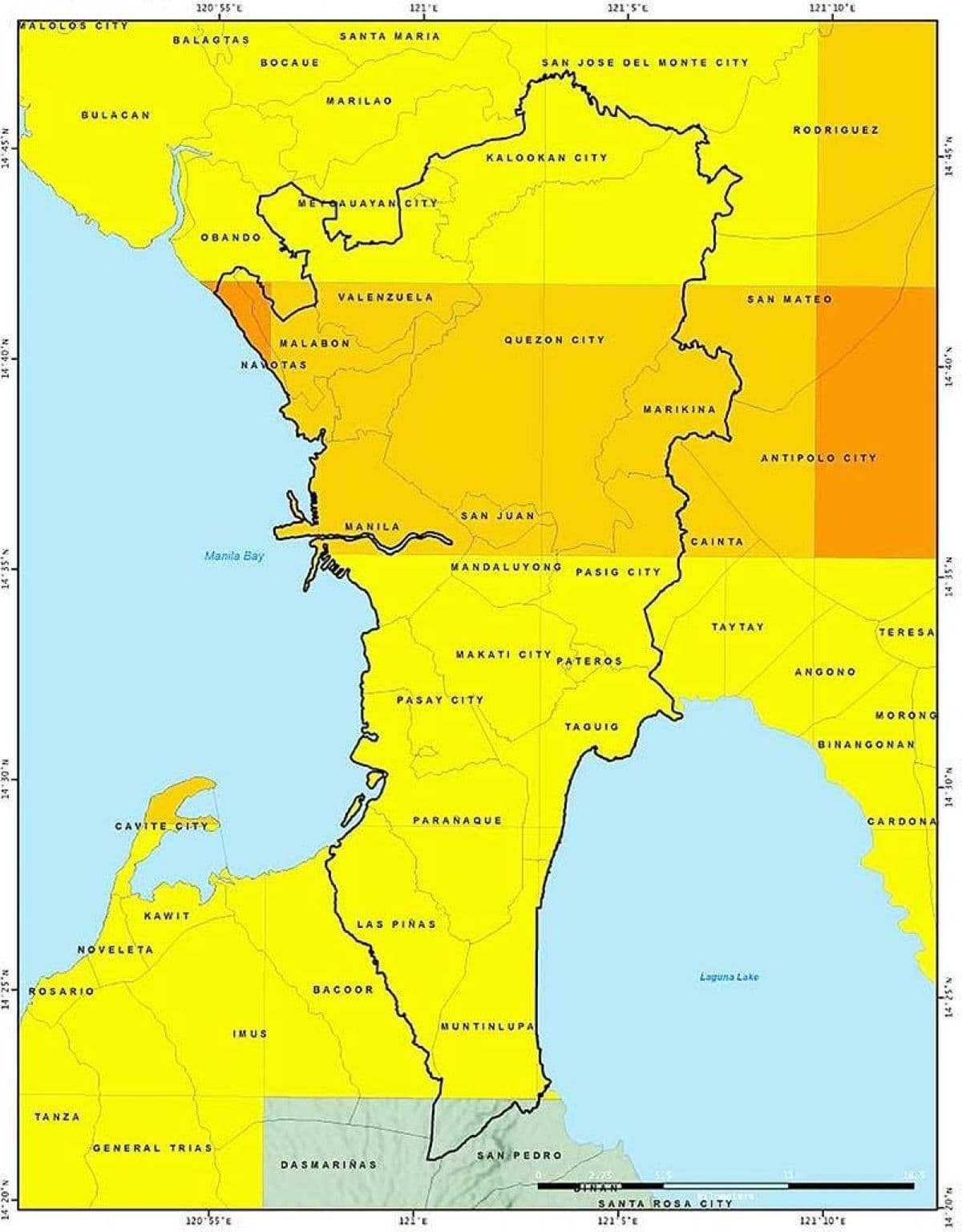
The Anatomy of Susceptibility: Decoding Flood and Landslide Risks
Understanding the profound impact of rainfall warnings necessitates a deeper look into why certain areas are inherently more vulnerable. The , frequently battered by storms, faces a pervasive threat of rain-induced landslides and flooding. A geohazards advisory by the starkly illustrates this, identifying around 8,000 barangays across the country as susceptible. In alone, 1,403 barangays are at risk, with the city of accounting for 786 of these. Regional figures paint an even broader picture, from 2,319 barangays in the to 20 in , alongside hundreds more in other regions. This susceptibility isn't uniform; the MGB differentiates between areas expecting moderate floods (half a meter to 1 meter for 1-3 days), high susceptibility areas (1-2 meters for over 3 days), and very high susceptibility zones (over 2 meters for more than 3 days). Such detailed mapping provides a critical framework, highlighting the specific threats posed when torrential rains combine with geological predispositions, as tragically seen with felled electric posts and widespread infrastructure damage.
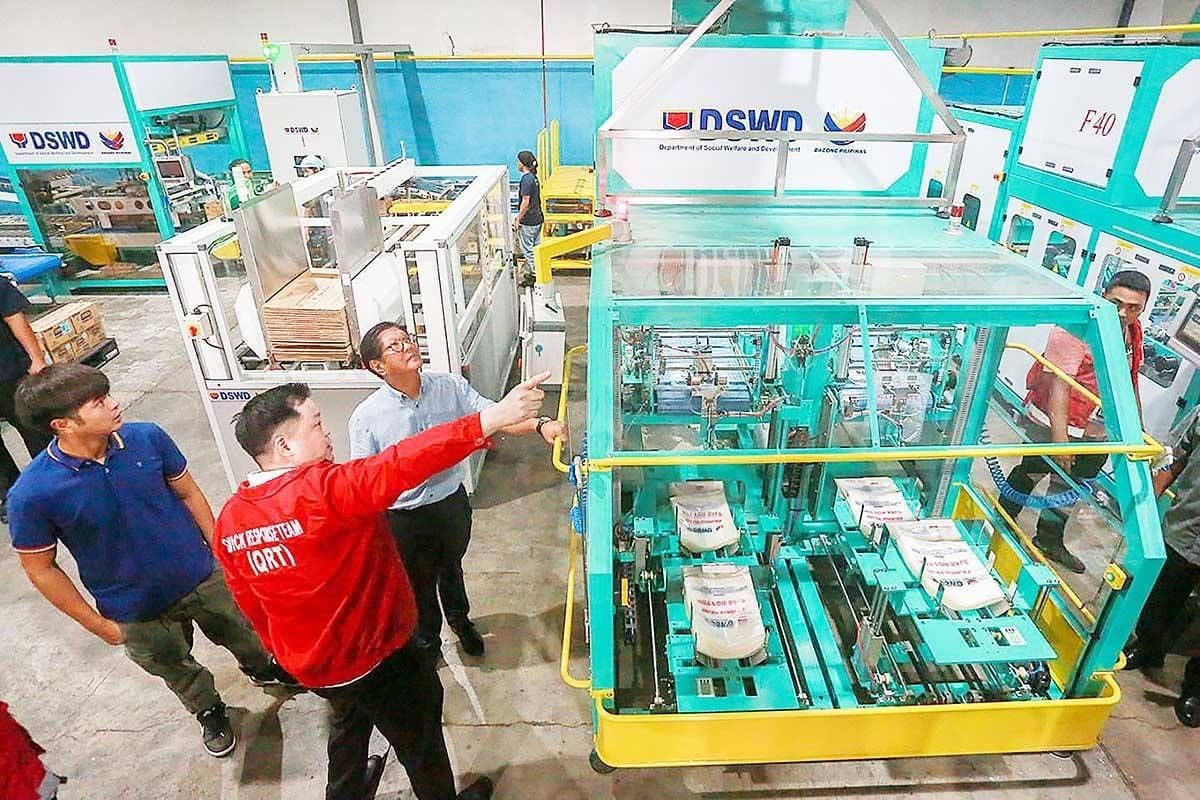
From Crisis Management to Community Fortitude: Lessons from the Frontlines
The grim realities of susceptibility necessitate robust responses, moving beyond mere crisis reaction to fostering genuine community fortitude. When the skies open and warnings blare, the immediate focus shifts to safeguarding lives and property. Authorities, armed with geohazards advisories, guide local government units (LGUs) to proactively monitor water levels, implement preemptive evacuations, and clear river channel obstructions. The stands ready, deploying over 1,600 officers to coastal and high-risk communities, with thousands more in reserve as a Reactionary Standby Support Force. Their presence on the ground, coupled with the identification of nearly 14,000 evacuation centers, shows a clear intent to manage the unfolding situation. While 207 centers were occupied, sheltering over 15,000 individuals during , this organized response exemplifies a critical shift. It's about empowering communities through timely information and accessible safe havens, ensuring that the lessons learned from past deluges translate into swifter, more effective collective action, even as storms like Crising eventually exit the Philippine Area of Responsibility.
Building a Resilient Tomorrow: Strategies for a Water-Wise Nation
Moving forward, the cyclical nature of extreme weather demands that a deluge-prone nation not merely react, but strategically build long-term resilience. This isn't just about surviving the next storm; it's about transforming into a truly water-wise society. The groundwork laid during crises, such as the 's detailed susceptibility maps and the 's coordinated deployments, forms the backbone of this future. Strategies must encompass continuous monitoring of water levels, ensuring that communities in identified flood-prone areas receive timely and actionable advisories. Preemptive evacuation, once a challenging undertaking, needs to become an ingrained societal reflex, supported by accessible and well-equipped evacuation centers. Beyond immediate response, proactive measures like clearing river channels of obstructions and strategically managing dam water releases, as demonstrated by the , are vital for mitigating flood impacts. Furthermore, the recommendation to temporarily close flooded roads and prevent premature returns to unsafe areas underscores the importance of public safety protocols. Building resilience is an ongoing commitment, weaving together scientific foresight, community preparedness, and robust governmental action to navigate the increasing intensity of our changing climate.
Related Articles

Unseen Waters Rising: Navigating the Philippines' Red Rainfall Warnings

Unseen Waters Rising: Navigating the Philippines' Red Rainfall Warnings

Philippine Skies Under Siege: Decoding the Double Whammy of Tropical Storms and Monsoon Rains

Philippine Skies Under Siege: Decoding the Double Whammy of Tropical Storms and Monsoon Rains
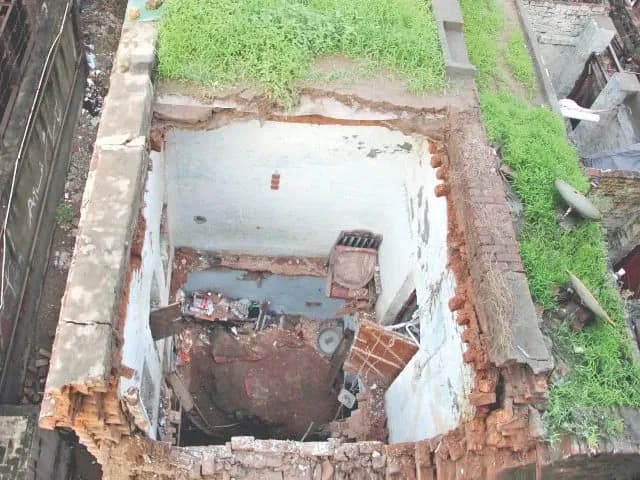
The Sky's Shifting Mood: Building Resilience in Rain's New Era

The Sky's Shifting Mood: Building Resilience in Rain's New Era
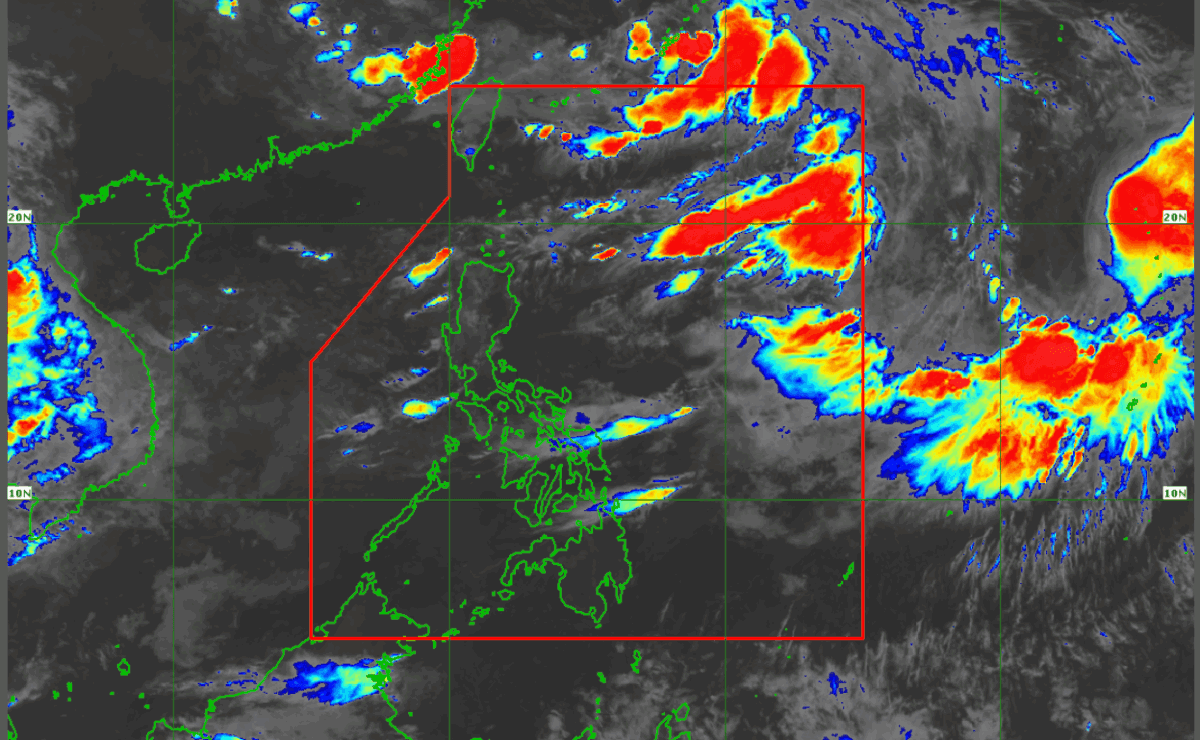
Beyond the Daily Bulletin: Decoding the Philippines' Shifting Skies
